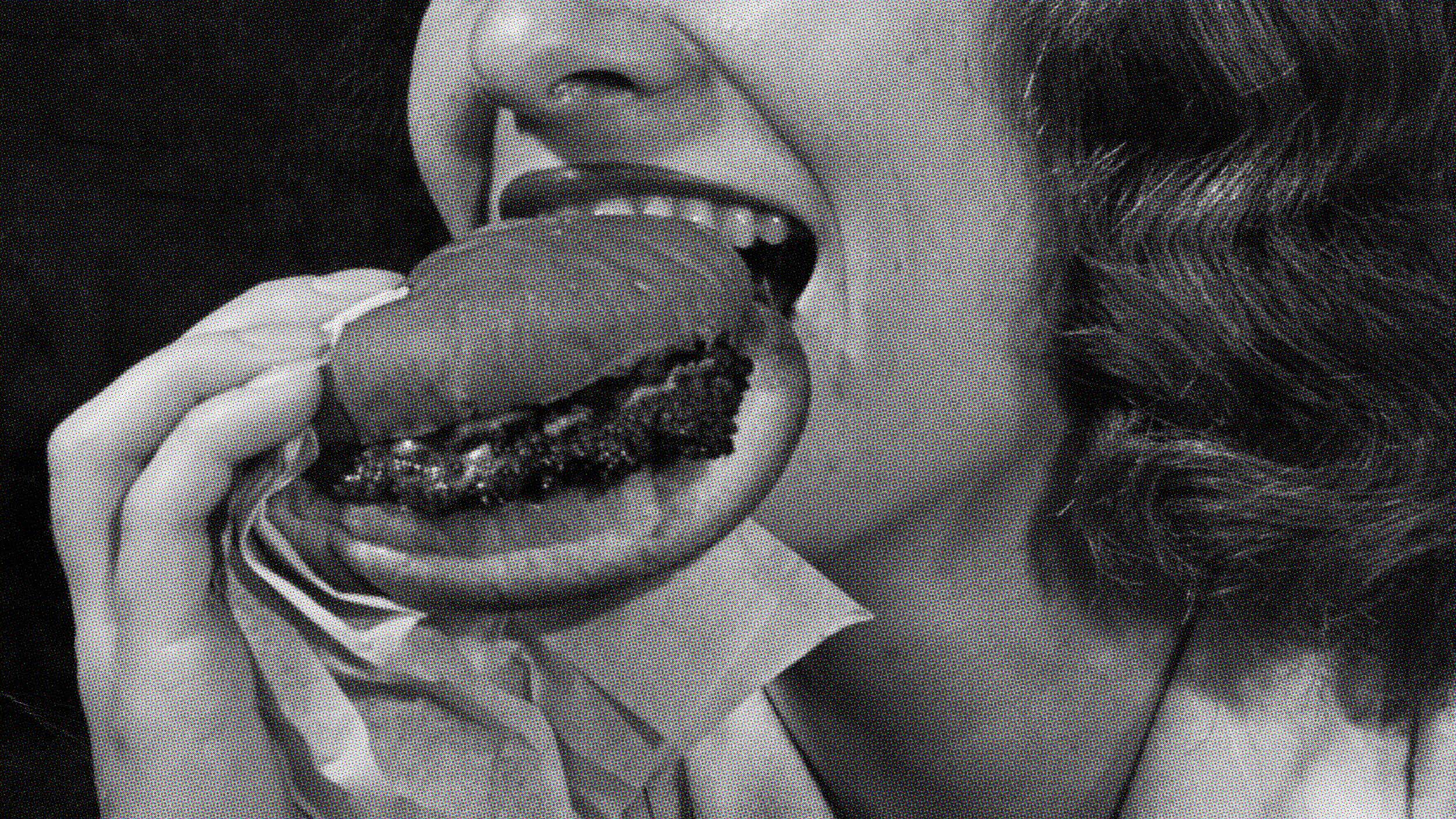“Trick or treat” evolved from a notion that when hungry ghosts are trying to eat you, a person only survives with protection from the saints.
Question: What is Halloween?
Sharon Gannon: Well very, very old times – older than now, many, many years ago when people were more aligned with the seasonal changes and with the equinoxes. It was known that during these times of shift – seasonal shifts – that the atmosphere could become thinner. Or the veils between the worlds – the worlds of the seen and unseen – would become more thin or more transparent. And that of course the unseen world, this atmosphere that is surrounding us is inhabited by many beings – disembodied spirits – perhaps ghosts or whatever you would call them. Memories. There are many ways to look at it. And that these disembodied spirits tend to be hungry. And that’s why the Buddhists have the term “hungry ghosts”. They’re hungry for an opportunity to live.
Because when you have a physical body; it’s a precious thing to have a physical body. Because then you have an opportunity to work out your karmas; to resolve past relationships; resolve them back into a place of joy or mutual beneficiality. So hungry ghosts are hungry for a chance to have a physical body. And so of course, we have the idea of possession where a spirit will try to possess a living body.
And of course, in many societies, this is acknowledged. This is not questioned. This is a thing that happens. And that it happens during the time of equinox changes, the changes of the seasons, that it can happen more readily.
And so there was a practice of barricading one’s house and putting on a scary mask. You want to scare away the disembodied spirits. So you put like a very scary mask or demon-looking thing above your door on your windows. And you also give some food because the spirits are hungry. So you’re not going to let them have your body, but you’ll give them some other bodies, some food, right? So people put food outside to feed the spirits. And they lock themselves up inside their house. And they prayed, and they prayed for protection to various saints, and gods, and goddesses, and ancestors perhaps.
This practice was done in Ireland. That’s where my ancestors come from. India. India still does this practice. That’s where you see those scary demon masks on the outside of houses and stuff.
But anyway, so the next day, the day after Halloween is All Saints Day. And traditionally, if you survived that night when the hungry ghosts were out trying to eat you, you only survived due to the protection that the saints gave you.
And so the next day was then a celebration, and an acknowledgment, and an appreciation to those protectors saints. And so it is All Saints Day. But the Halloween night, the night before, then sort of evolved into people knew that everybody was going to put food out. So some people then went around and took that food from their neighbors or went to the nearby village where they wouldn’t be seen. And sometimes in order to not be seen, they would disguise themselves like a ghost or a goblin or a scary person because nobody’s going to mess with them on Halloween night. If you see somebody out your window who looks like a goblin or a ghost, you’re going to go “Whoa!” because you’re expecting goblins and ghosts anyway. So they would come around and they would steal the food that was left out. And so this further evolved to our so-called more sophisticated societies where we don’t believe in such things as ghosts, or goblins, or even saints, or getting protection from ancestors. And so this idea of masquerading, and going about and asking for treats from various houses, and then tricking people if they don’t give you the treats that you want. It’s evolved into this holiday.
Recorded on: October 31, 2007





